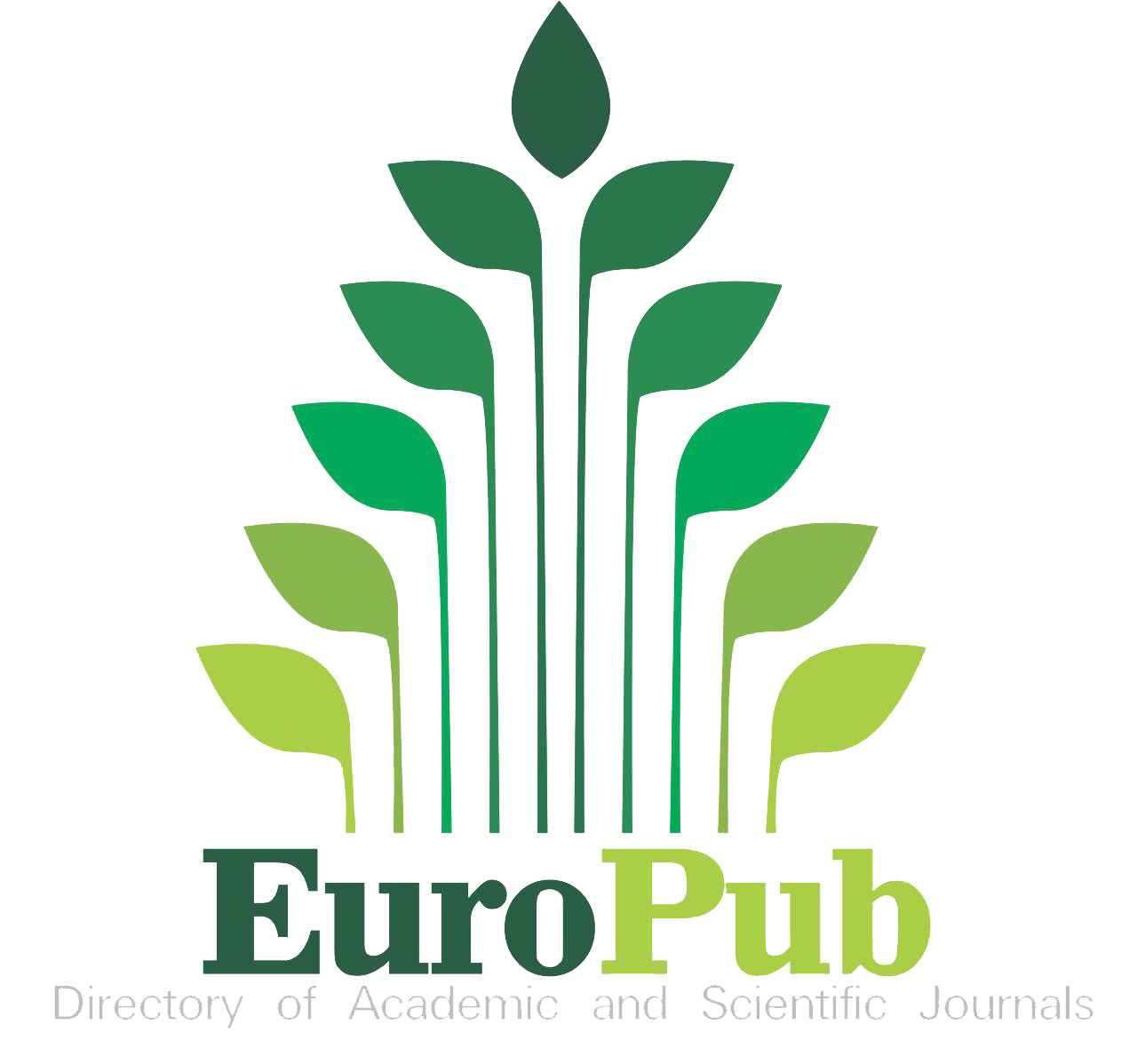Character in the Collection of Sixth Grader Stories
DOI:
https://doi.org/10.56724/ladu.v4i5.286Keywords:
characters, short stories, children's literatureAbstract
Background: Character figure in short story refers to the traits, personalities, and attributes possessed by the characters in story short the. Character figure This form base for method reader understand and relate with story. Alif Integrated Islamic Elementary School implements a program to develop writing literacy for grade 6 students. This program takes the form of training in making Short Story anthology books. Literary works are description life humans created by the author. One of type literary works are story short.
Purpose: The aim of this research is to identify characters in the collection short story student 6th grade SDIT ALIF Ciawi.
Design and methods: Research methods used study This is analysis content, This method use ATLAS.ti For obtain data.
Results: In research found that characters created by SDIT Alif Ciawi students two types were found character that is character anthropomorphic and non- anthropomorphic. Results of research conducted on 34 short stories SDIT Alif Ciawi students there is Non- Anthropomorphic characters namely "Human ", whereas character anthropomorphic emerges in short story student that is : Grasshopper, Eagle, Squirrel, Chameleon, Fish, Deer, Mother Birds, Cats, Rats, Ants, Snakes, Male Birds, Trees Petai, Broccoli, Vegetables, Apple Trees, Hap-hap, Jin Tomang, Durian Trees, Carrots, Spinach, Worms, Kriko and Mushrooms.
Downloads
References
Darma, B. (2019). Pengantar Teori Sastra. Kompas.
Grindstaff, L. (2008). Culture and Popular Culture: A Case for Sociology. The ANNALS of the American Academy of Political and Social Science, 619(1), 206–222. https://doi.org/10.1177/0002716208318520 DOI: https://doi.org/10.1177/0002716208318520
Heath, S. B. (1982). What no bedtime story means: Narrative skills at home and school. Language in Society, 11(1), 49–76. https://doi.org/10.1017/S0047404500009039 DOI: https://doi.org/10.1017/S0047404500009039
Helmanto, F., & Hidayat, A. (2020). Deskripsi Karakter: Pembukaan Populer dalam Cerita Pendek Bahasa Arab. Tatsqifiy: Jurnal Pendidikan Bahasa Arab, 1(1), 11–18. DOI: https://doi.org/10.30997/tjpba.v1i1.2570
Helmanto, F., & Hidayat, A. (2023). Reviewing Best Seller Bilingual English Indonesian Short Stories Based on Short-Story Philosophy. Journal of Language and Literature, 11(1), 100–110. https://doi.org/10.35760/jll.2023.v11i1.8873 DOI: https://doi.org/10.35760/jll.2023.v11i1.8873
Kohm, K. (2016). The connection between shared storybook readings, children’s imagination, social interactions, affect, prosocial behavior, and social play. International Journal of Play, 5(2), 128–140. https://doi.org/10.1080/21594937.2016.1203895 DOI: https://doi.org/10.1080/21594937.2016.1203895
Lynch-Brown, C., & Tomlinson, C. M. (1999). Essentials of Children’s Literature. Allyn & Bacon.
Ma’as, A. (2023). Fakta-Fakta tentang Imajinasi, Faktor Penting dalam Pertumbuhan Anak. Kids Grid. https://kids.grid.id/read/473712141/fakta-fakta-tentang-imajinasi-faktor-penting-dalam-pertumbuhan-anak?page=all
Nuraeni, I., & Fadhly, F. Z. (2017). CREATIVE PROCESS IN FICTION WRITING OF THREE INDONESIAN WRITERS. Indonesian EFL Journal, 2(2), 117. https://doi.org/10.25134/ieflj.v2i2.644 DOI: https://doi.org/10.25134/ieflj.v2i2.644
Nurgiyantoro, B. (2013). Teori Pengkajian Fiksi (Sepuluh). Gadjah Mada University Press.
Oreglia, E. (2018). Popular digital imagination: Grass-root conceptualization of the mobile phone in the global south. Journal of Communication, 68(3), 570–589. https://doi.org/10.1093/joc/jqy013 DOI: https://doi.org/10.1093/joc/jqy013
Provizer, N. W., & Provizer, J. (2015). The power of the story: history, the literary imagination, and Tolstoy’s tales of Lincoln and Hadji Murád. Leadership and the Humanities, 3(2), 82–91. https://doi.org/10.4337/lath.2015.02.01 DOI: https://doi.org/10.4337/lath.2015.02.01
Vygotsky, L. S. (2004). Imagination and Creativity in Childhood. Journal of Russian & East European Psychology, 42(1), 7–97. DOI: https://doi.org/10.1080/10610405.2004.11059210
Wening, T. (2020). Imajinasi Bisa Terbentuk dari Berbagai Hal, yuk, Ketahui Proses Terbentuknya Imajinasi! Bobo. https://bobo.grid.id/read/082334816/imajinasi-bisa-terbentuk-dari-berbagai-hal-yuk-ketahui-proses-terbentuknya-imajinasi?page=all%0A
Downloads
Published
How to Cite
Issue
Section
License
Copyright (c) 2024 Aenun Rahmawati, Fachri Helmanto, Rosnawati

This work is licensed under a Creative Commons Attribution 4.0 International License.
Authors who publish with this journal agree to Copyright notice.














